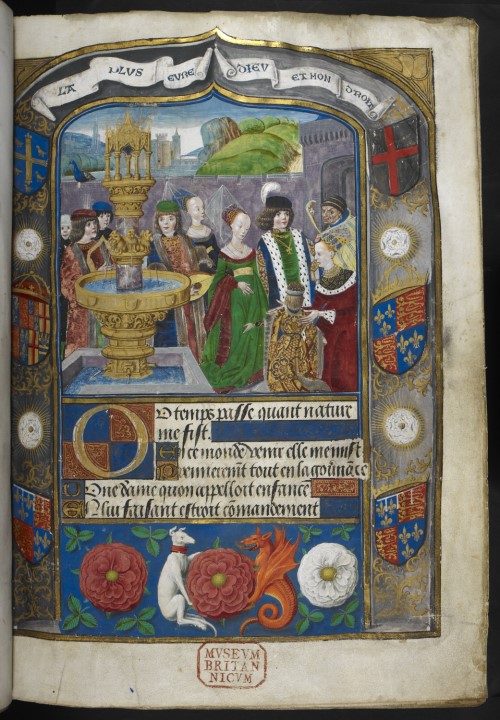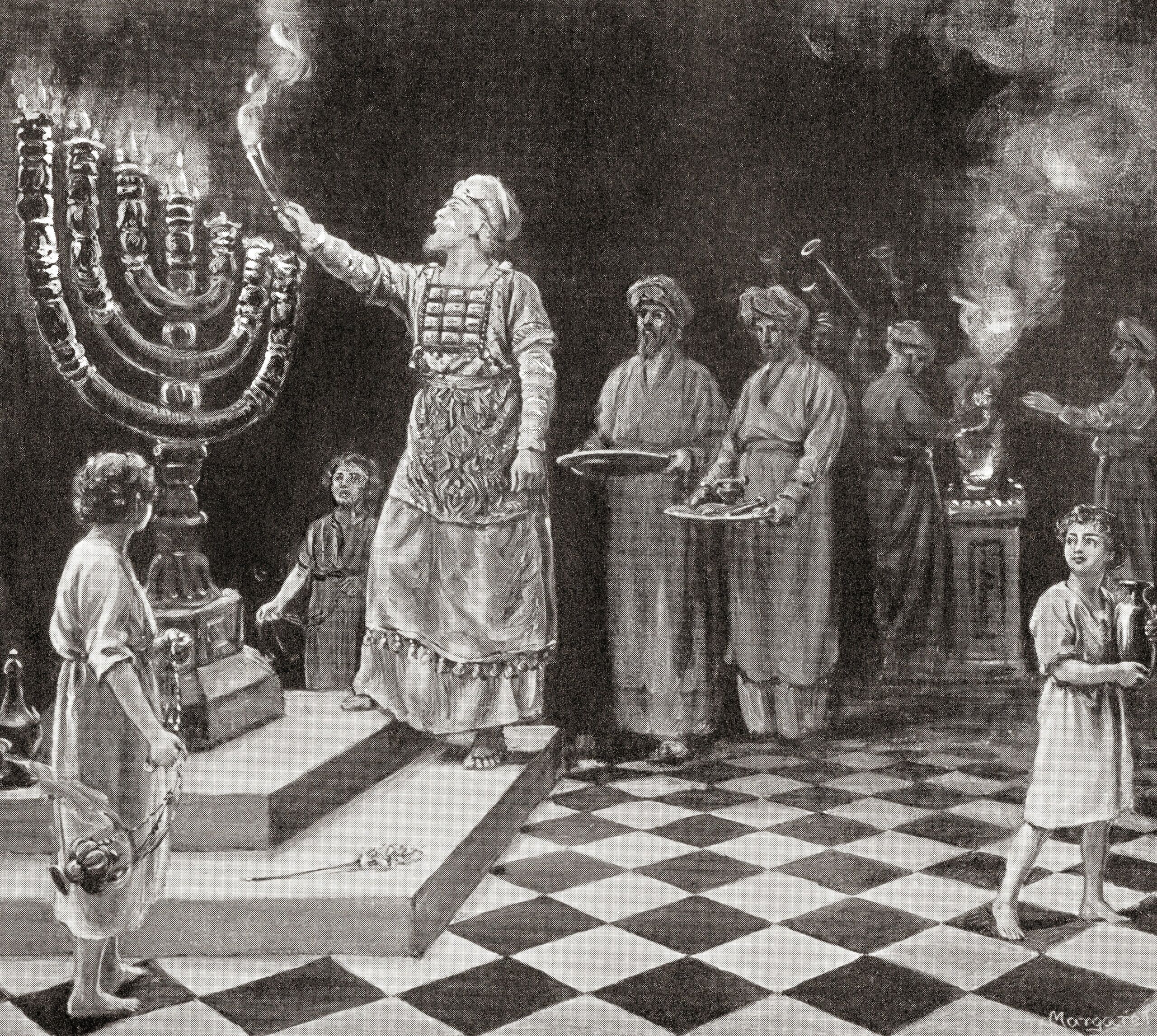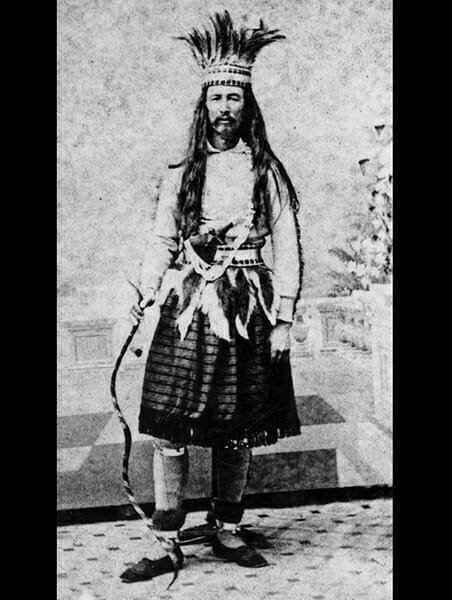Do you have a date tonight? Did you receive flowers or chocolates from your Valentine? Heart-shaped treats haven’t always been used to celebrate this day in mid-February.

The early pagan festival of Lupercalia, celebrated on the Ides of February, is a likely origin of our modern Valentine’s Day. The Roman festivities began with the sacrifice of a goat, which was then skinned. The hide of the goat was used to gently slap the women and crop fields to encourage fertility. Later in the day, all they young women would place their names in a large urn. The city’s bachelors chose a name and became paired with his chosen woman; often these matches ended in marriage.
The festival was Christianized later and was most likely renamed for a martyr. The Catholic Church recognizes at least three different saints named Valentine or Valentinus, all of whom were martyred. One legend contends that Valentine was a priest who served third century Rome. When Emperor Claudius II decided that single men made better soldiers than those with wives and families, he outlawed marriage for young men. Valentine, realizing the injustice of the decree, defied Claudius and continued to perform marriages for young lovers in secret. When Valentine’s actions were discovered, Claudius ordered that he be put to death.

Another Valentine may have been killed for attempting to help Christians escape harsh Roman prisons, where they were often beaten and tortured. According to legend, an imprisoned Valentine actually sent the first “valentine” greeting himself after he fell in love with a young girl who visited him during his confinement. Before his death, it is alleged that he wrote her a letter signed “From your Valentine,” an expression that is still in use today. Although the truth behind the Valentine legends is murky, the stories all emphasize his appeal as a sympathetic, heroic and – most importantly – romantic figure. By the Middle Ages, perhaps thanks to this reputation, Valentine would become one of the most popular saints in England and France.
It was during the Middle Ages that written valentines began to appear. The oldest known valentine still in existence today was a poem written in 1415 by Charles, Duke of Orleans, to his wife while he was imprisoned in the Tower of London following his capture at the Battle of Agincourt. (The greeting, pictured, is now part of the manuscript collection of the British Library in London, England.) Several years later, it is believed that King Henry V hired a writer named John Lydgate to compose a valentine note to Catherine of Valois. By the middle of the 18th, it was common for friends and lovers of all social classes to exchange small tokens of affection or handwritten notes, and by 1900 printed cards began to replace written letters due to improvements in printing technology.




